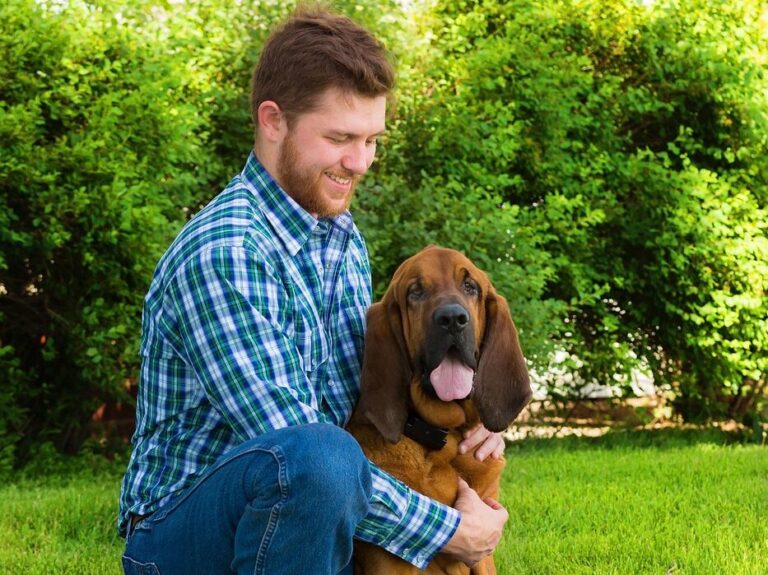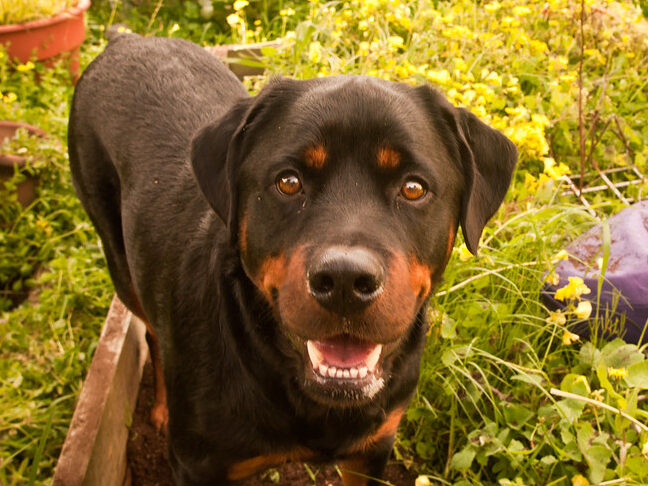15 Ways To Manage Your Dog’s Post-Pregnancy Weight And Nutrition
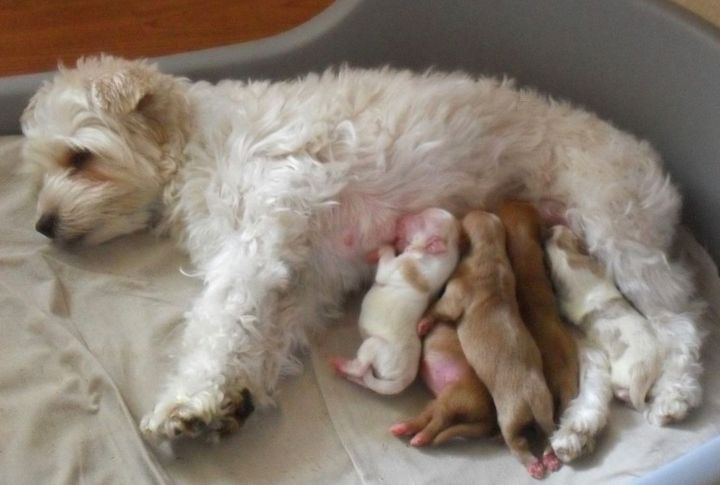
Welcoming a new litter of puppies is a delightful event. However, it involves the responsibility of overseeing the mother dog’s post-pregnancy weight and nutritional needs. Proper care during this period is essential for her well-being. Here are 15 effective ways that will help you ensure your dog gets back to her best self!
Gradually Adjust Her Diet
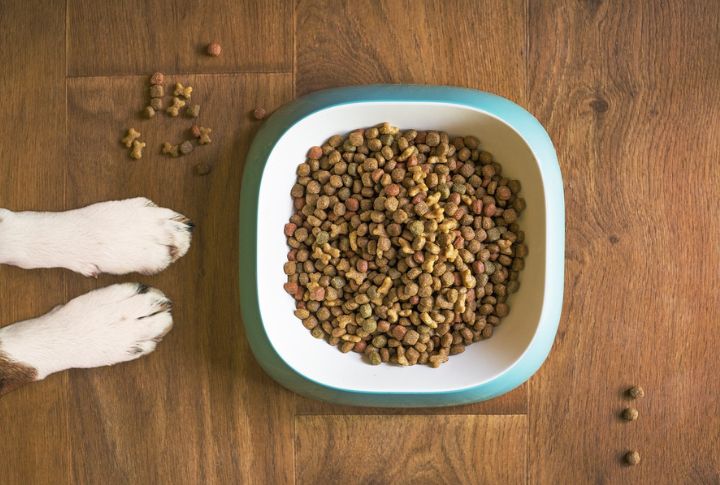
A new mother dog is required to consume a lot of calories, especially during the postpartum period. Your pooch, who has just given birth, expends a lot of energy nurturing her puppies and healing from the birth process. Feeding her a high-calorie meal or nutrient-rich foods helps in her strength recovery.
Monitor Her Weight Regularly
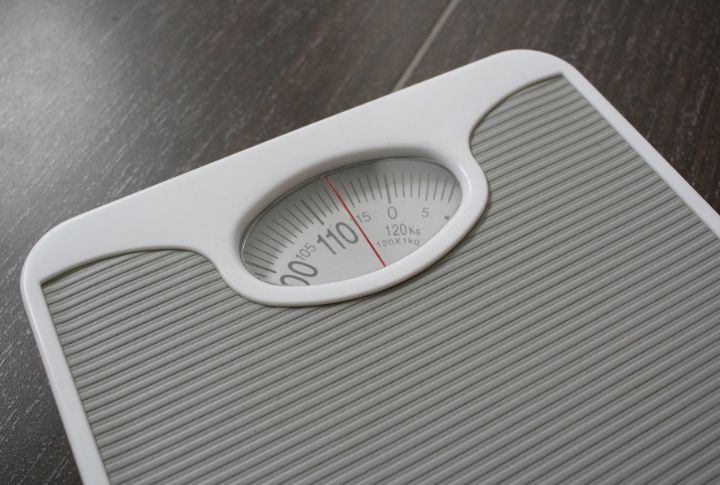
Keep track of your dog’s weight weekly, using a scale. It helps to determine whether or not your pet is achieving her ideal size at a healthy rate. Aim for gradual body weight fluctuation of about 1-2% of a canine’s body weight per week, depending on the condition and vet advice.
Incorporate Lean Proteins
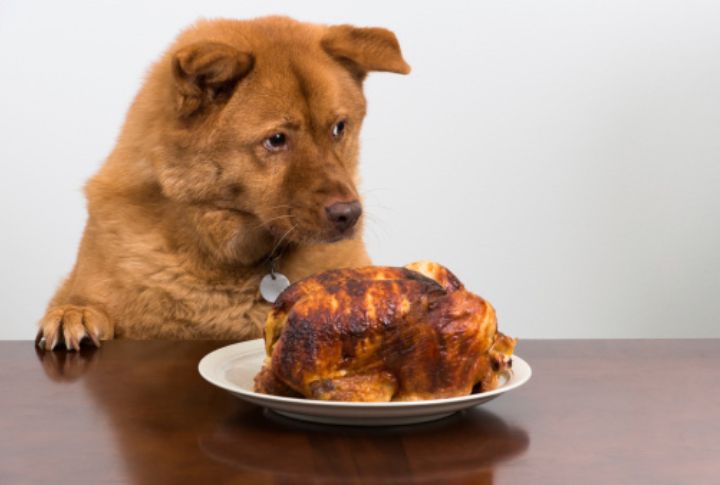
A dog’s weight management plan must include lean proteins. These increase satiety, speed up metabolism, prevent fat from accumulating, and help maintain muscular health. By incorporating proteins, such as turkey, in her diet, you can help her achieve a healthy weight.
Provide A Balanced Meal

It’s essential to feed your post-pregnant dog a balanced meal that includes high-quality protein, vegetables, and a subtle quantity of healthy fats for skin and energy. Offering her a well-rounded meal can help her attain a suitable weight whilst warding off health problems associated with obesity.
Control Portion Size
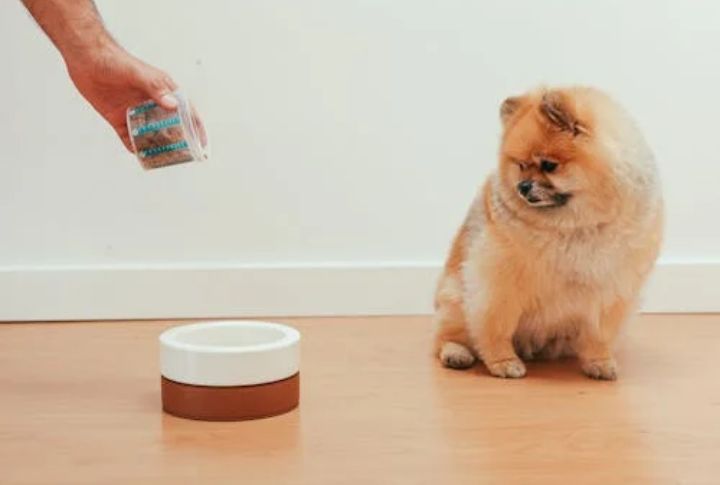
Always measure your dog’s food using a measuring cup to avoid the pitfalls of guesswork. Splitting their daily food into smaller, more frequent meals helps maintain their energy throughout the day, reducing the chance of overindulgence. This will help you tackle her weight management process.
Encourage Regular Exercise
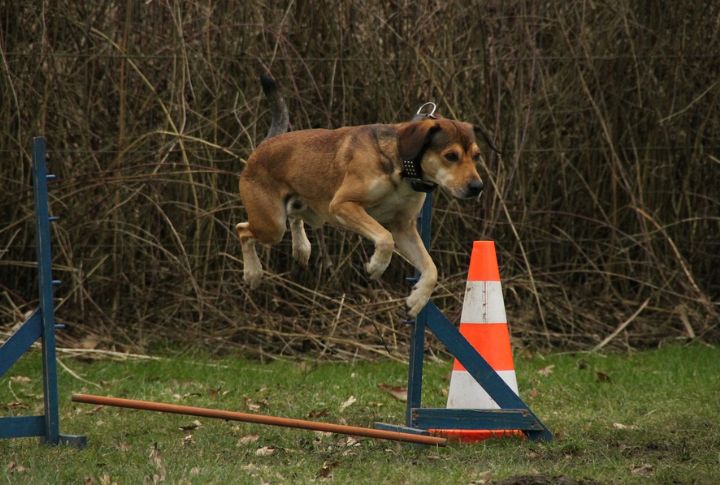
Gradually reintroduce exercise into her routine. Start with short, gentle walks and increase the duration as she regains strength. Exercise helps improve overall well-being. However, avoid strenuous activities too soon. Choosing activities that match her age, breed, and energy level is essential post pregnancy.
Hydration Is Key
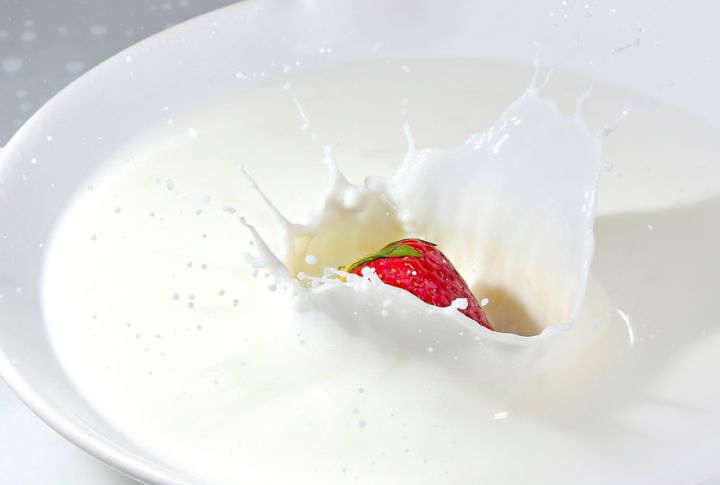
Your dog requires adequate fluids to support milk production and metabolic functions post-pregnancy. Staying hydrated helps regulate their body temperature, supports digestion, and can even help with weight control by making the dog feel fuller, reducing the likelihood of overeating.
Avoid High-Fat Treats
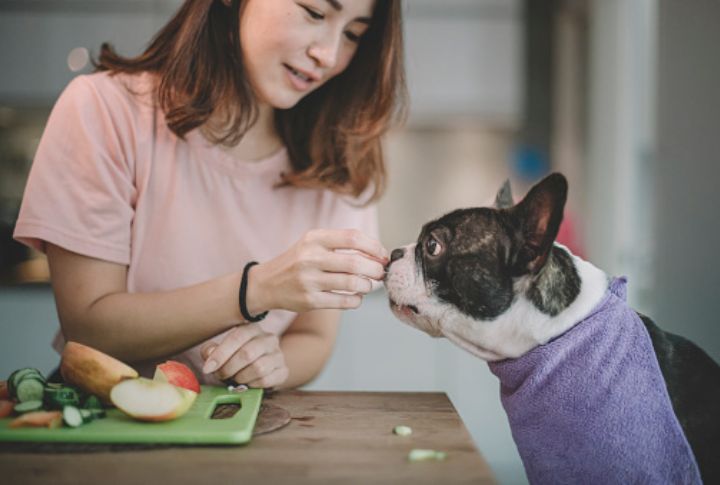
While treats are a great way to reward your dog, especially during training or bonding time, avoiding high-fat options post-pregnancy is important. These treats can quickly add unnecessary calories, contributing to weight gain. Instead, choose low-calorie, nutrient-dense treats like baby carrots, apple slices, etc.
Incorporate Fibre Rich Food
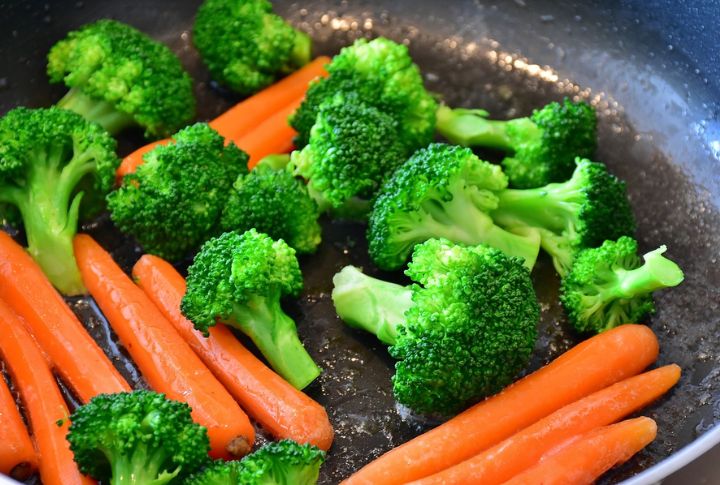
Fiber is an excellent addition to your dog’s diet. It lowers the urge to overeat by extending her feeling of fullness. Fiber helps with digestion, promotes regular bowel movements, and prevents constipation. You can incorporate vegetables like green beans, carrots, pumpkin, or any high-fiber dog food.
Monitor For Health Issues

After giving birth, a dog’s body undergoes various changes, including hormone fluctuations and lactation demands. These factors can sometimes mask underlying health issues or exacerbate existing conditions. Pay close attention to symptoms such as changes in appetite, unusual discharge, or persistent weight loss/gains.
Follow A Routine
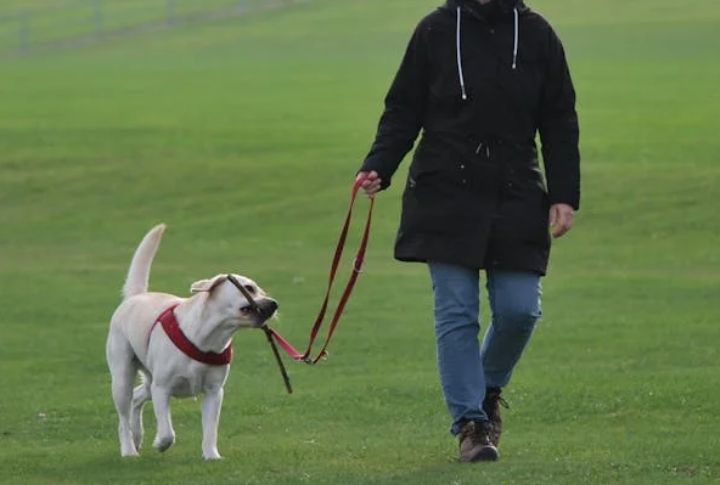
In order to control your dog’s weight post-pregnancy, you must create a regular schedule for their meals, workout, and relaxation. Routines are beneficial to dogs. Scheduling meals and walks can help them feel less stressed by regulating their energy levels and metabolism. Adhere to this routine precisely and on time.
Move Their Bowl

Play a fun game of hide-and-seek with your dog by moving her food bowl around frequently. Your pooch will exercise more and burn more calories as she looks for her bowl. This small adjustment will support her weight management objectives while introducing an interesting activity within the schedule.
Use Puzzle Feeders
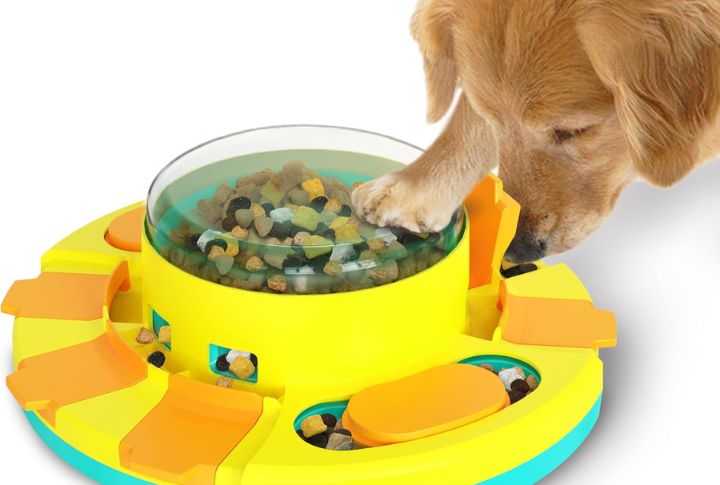
By encouraging your dog to eat at a slower pace, interactive food bowls might help them feel satisfied for longer periods. These bowls promote better digestion and less overeating by adding excitement to mealtimes, which helps encourage a more balanced diet and better weight management.
Offer Non-Food Rewards

Instead of offering treats or table scraps, reward your dog with extra praise, a belly rub, or cozy snuggling. Such affectionate gestures strengthen your bond, making them a valuable alternative to food-based rewards. An approach like this supports their overall well-being while helping them manage their weight effectively.
Schedule Regular Vet Check-Ups
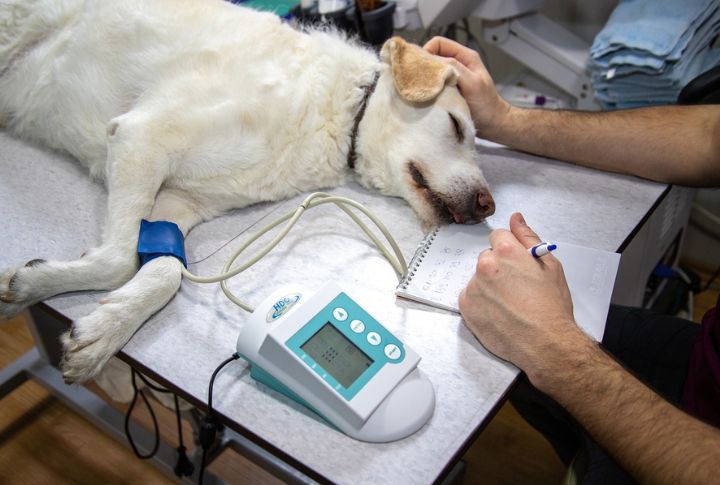
Regular vet check-ups are vital to monitor your new mother dog’s health and weight. Your vet is bound to provide tailored advice on diet, exercise, and any necessary medical interventions. These check-ups ensure that your pooch is on the right track and allow for early detection of potential concerns.

